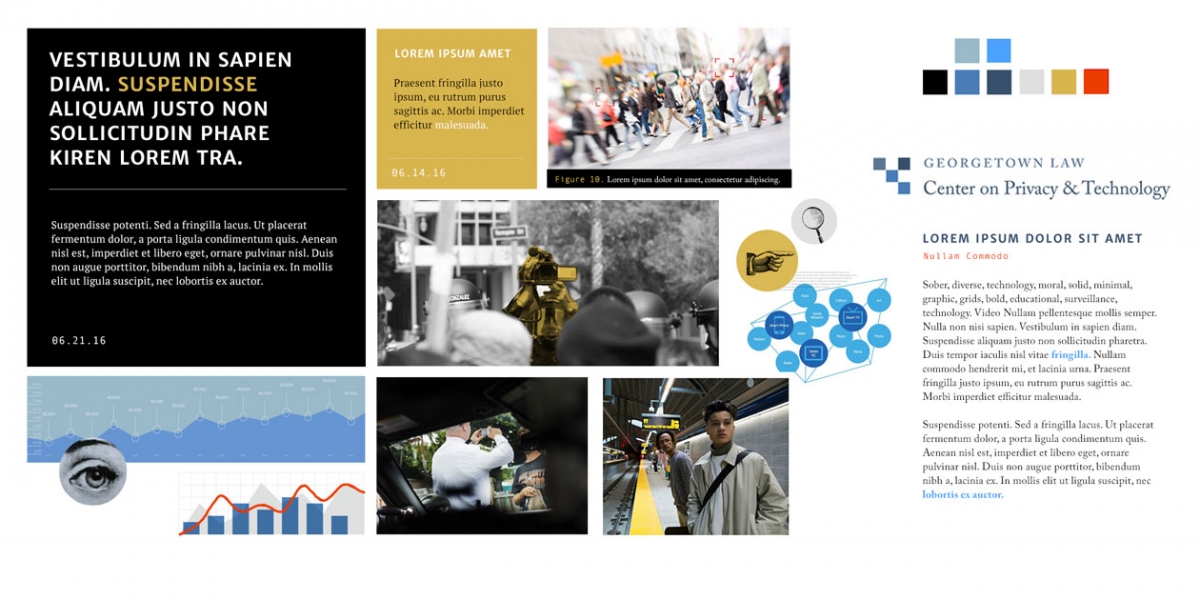Mood boards are a an effective way to discuss ideas, share insights and clarify communication. They will help you visually explain a feeling and in turn, develop a more authentic and successful brand.
What makes a successful mood board process? Here is a simple 5 step process that will help you succeed.
1. Mood boards help us understand.
We use mood boards as a conversation starter—a way to describe things that sometimes can not be explained as clearly with words. It is also a way to build common vocabulary so that when a stakeholder says they want something ‘modern,’ ‘clean,’ ‘friendly’ or ‘leadership’ looking, we understand the nuances related to what they are describing.
2. Successful mood boards are built collaboratively.
Rather than presenting what Iwe think the ‘look and feel’ should be, your team shouldwe all work together to refine photography, fonts, icons and color palette options. The discussion that surrounds what project stakeholders like and especially, don’t like, not only creates a strong foundation for the new visual language, but lays the groundwork for more effective project communication.
3. Mood boarding is about following your gut.
Since clients sometimes have a hard time conceptualizing mood boards, breaking thethis exercise down into more bite size pieces helps them engage more deeply in the process.experience the process more effectively. Mood boarding has been called They often rename it ‘art therapy’ because it becomes less about what thetheir brand, identity, print, website or social media campaign will ‘look’ like, and more about how it will ‘feel’.
4. Mood boards help us visualize an idea.
During theIn our first round, Rootid’s teamwe always strikes out in a lot of different visual directions that feel unique from one another. Then we hone in 2 more rounds to get to a mood board that feels like a combination of the strongest attributes that will ultimately define the visual language.
The process is so much more than building a collage of inspiration, it is taking that idea one step further and saying, “These images, colors, fonts, and icons combined give us a strong and cohesive visual language.”
5. Mood boards are a single page style guide.
In many ways, you can think of it like a small, succinct style guide. Rather than multiple pages of information about look, feel and messaging, it gives you a quick overview on a single page that still contains all of the needed elements.
At Rootid, our team uses mood boarding as a collaborative and effective way to generate a brand’s look and feel. It is the best way we know to communicate the nuances that go into building a cohesive and authentic visual language for any brand.
Review Your Mood Boards with Stakeholders
Don’t forget to test your moodboards with your audiences. Remember that you’re trying to visually communicate with a lot of different people: customers, donors, constituents or whoever else.
We have had many clients share their mood boards with those they are serving as well as board memebers or any other stakeholders. The more feedback they got, the more effectively they were able to visually communicate with their supporters.
Conduct stakeholder interviews will help you get feedback and refine your work. Check out our stakeholder interview guide to make sure you get the information your need.

